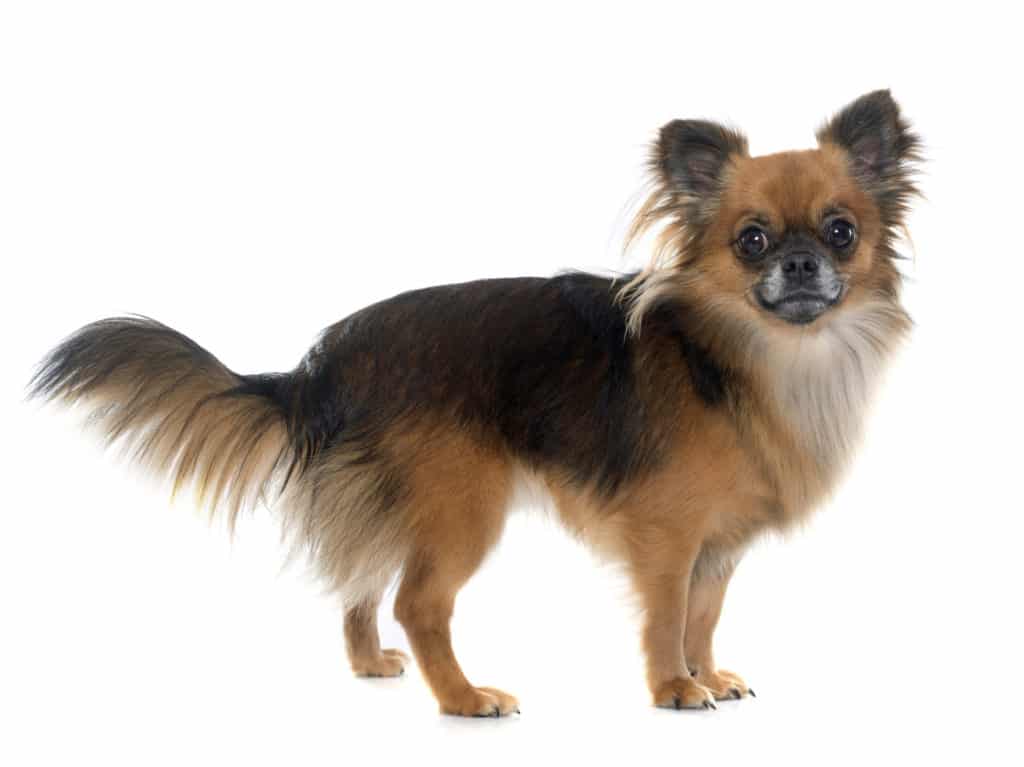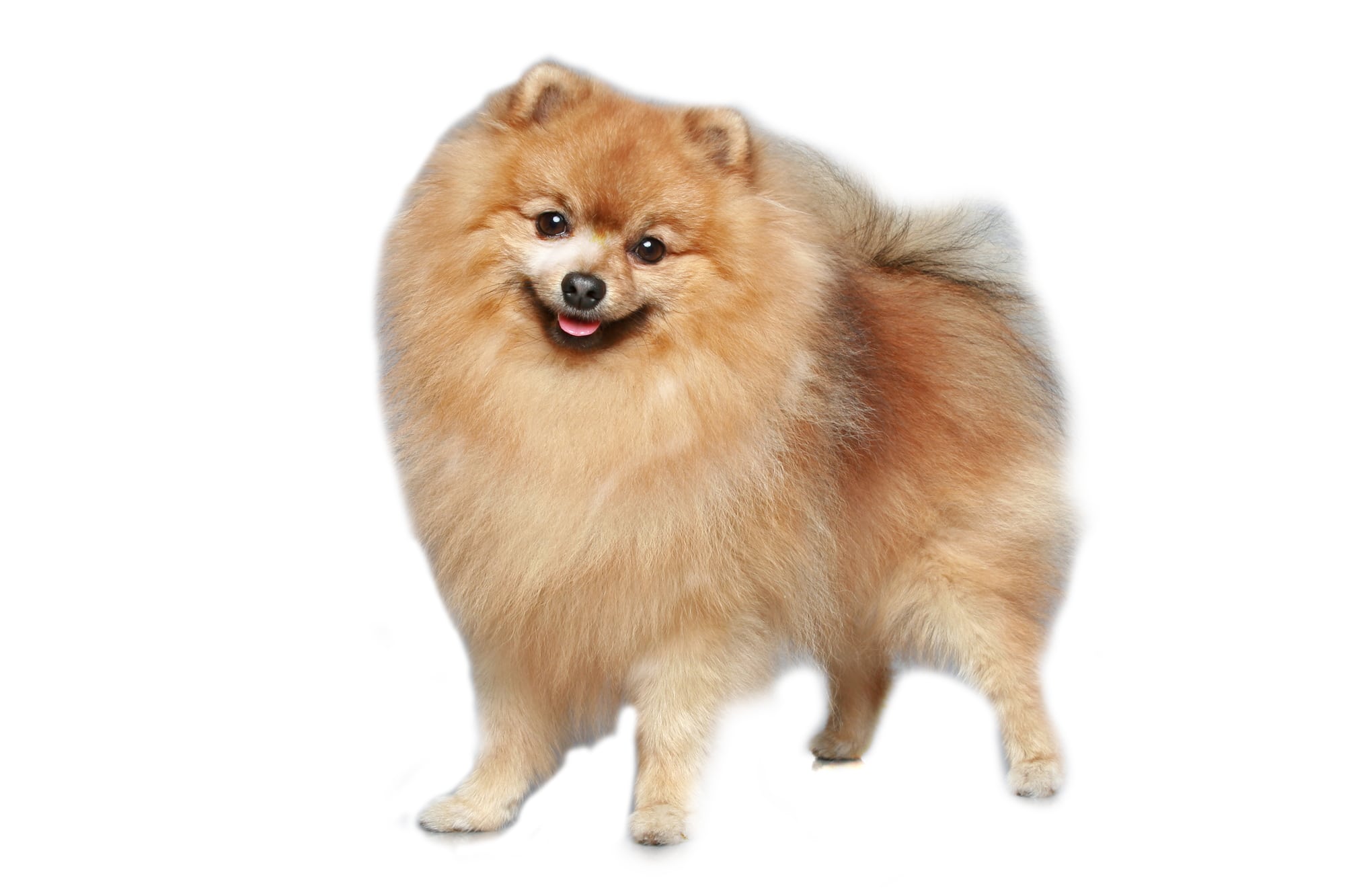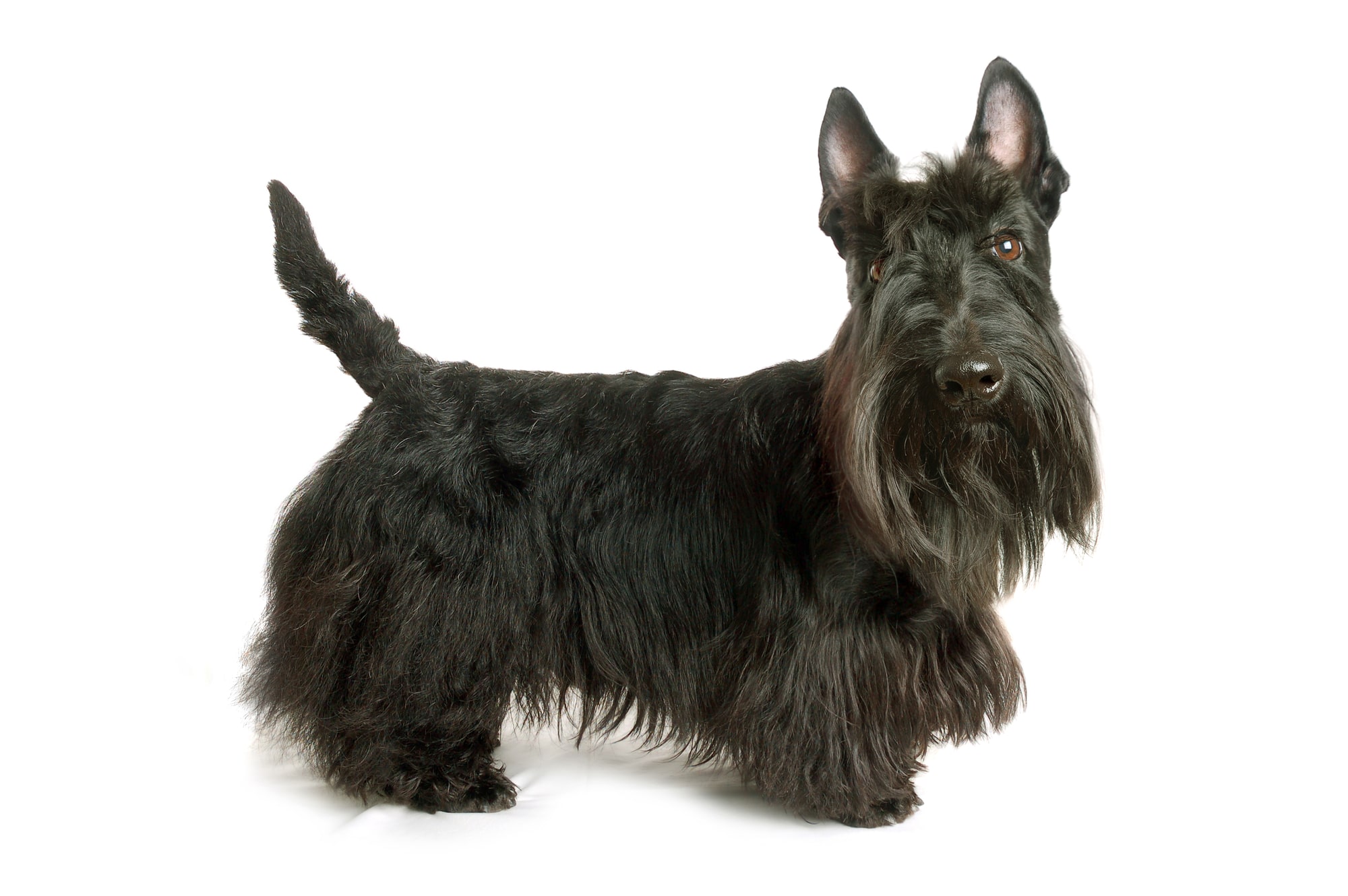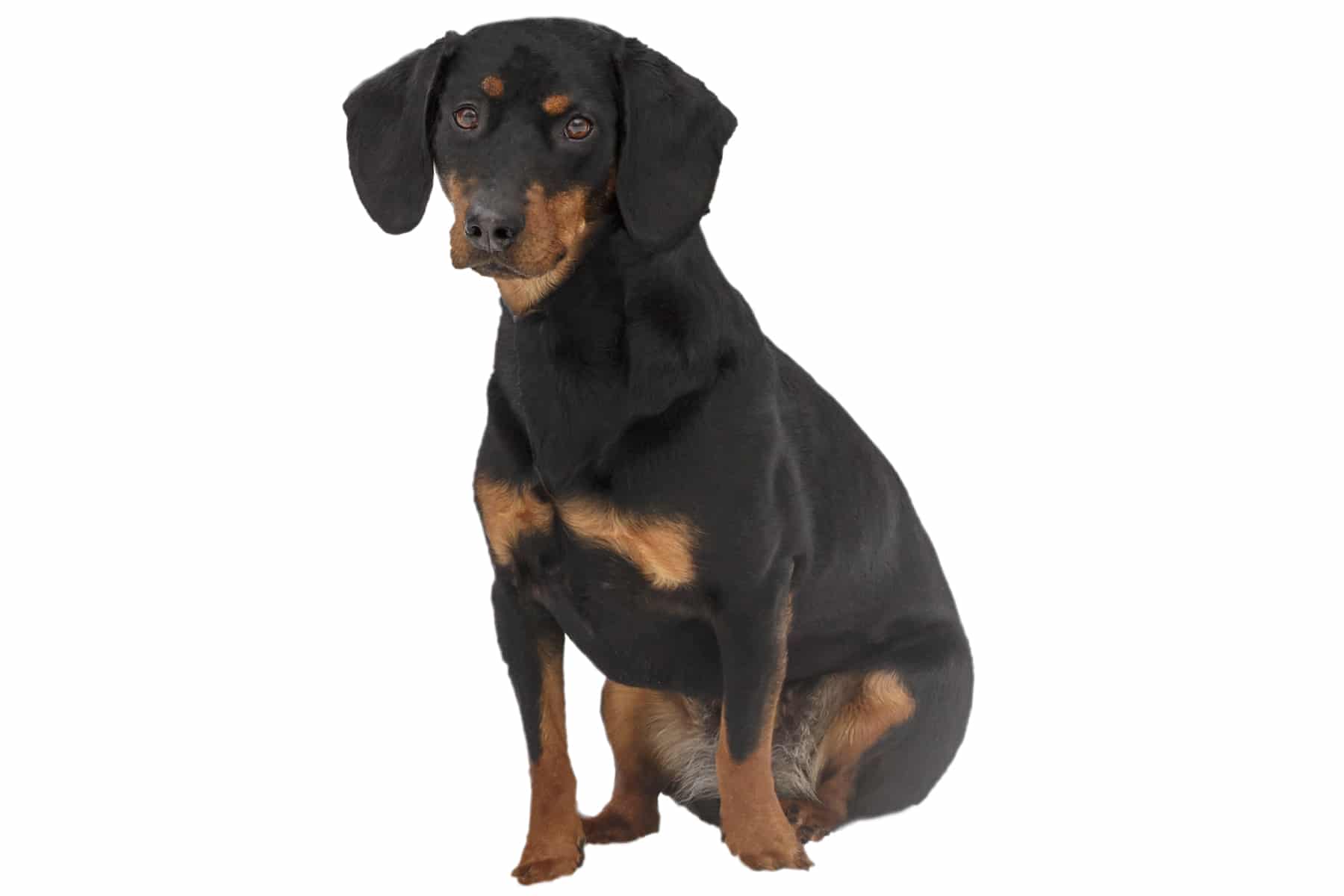Large Munsterlander
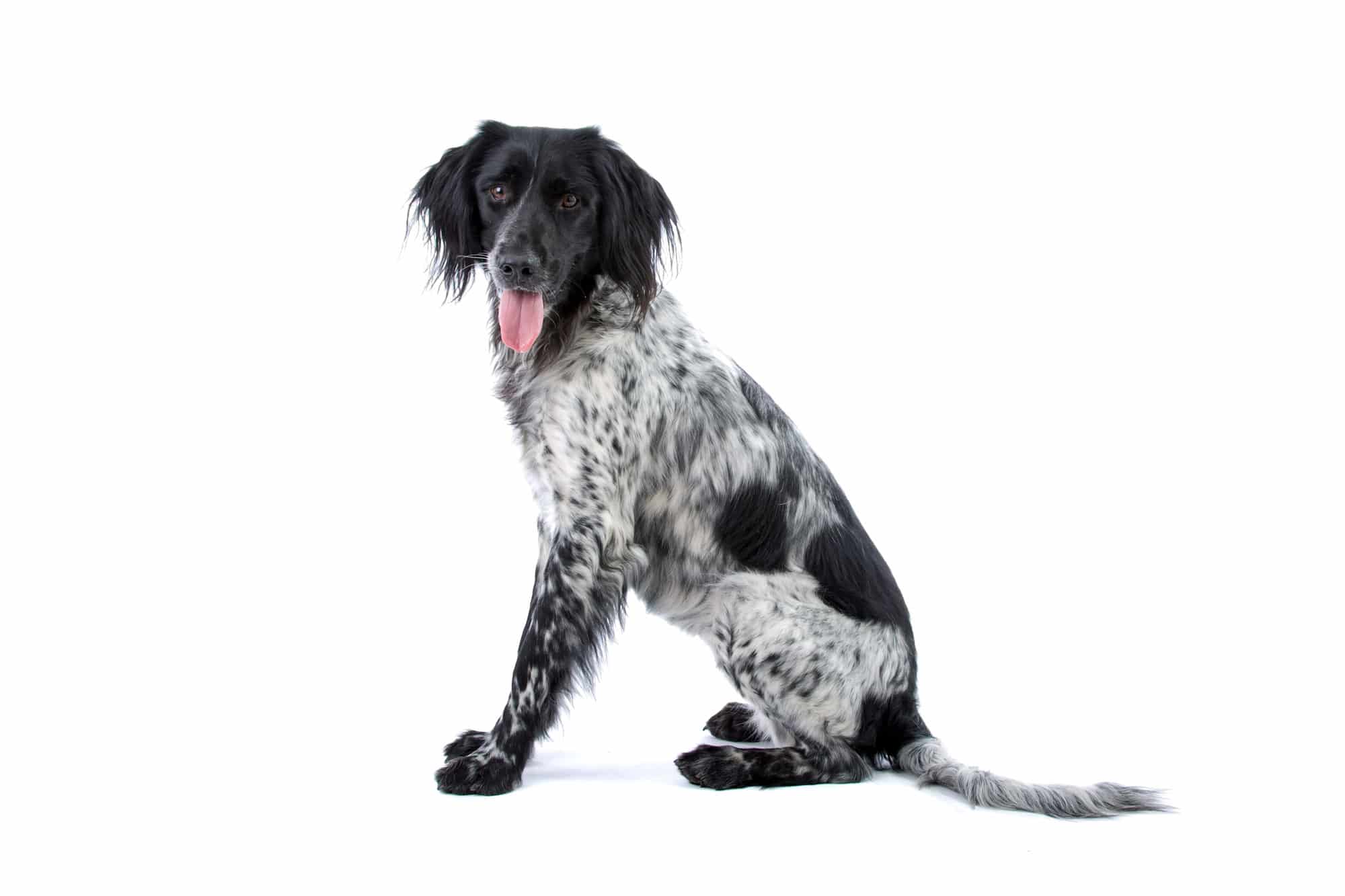


Temperament:
The Large Münsterländer is a child-loving, friendly and loyal dog. At the same time, it is lively, easy to lead and docile. Dogs of this breed should be kept mentally busy and given several hours of exercise every day. Otherwise they will feel uncomfortable and display destructive behavior. The Large Münsterländer is rather unsuitable as a beginner's dog.
Characteristics
The Large Münsterländer has a rather muscular build and is considered strong and stocky. They appear noble and intelligent. According to the breed standard, the body length should not exceed the height at the withers by more than two centimetres. A male dog of this breed reaches a weight of around 30 kilograms. The height at the withers of males is between 60 and 65 centimetres. The bitches are smaller. They reach a height at the withers of 58 to 63 centimeters.
The coat of the Large Munsterlander is dense and long. However, it does not stand out or curl. This would hinder the dog when hunting. It is always white and black in color and has different pattern variations.
The dog is very docile. He also shows good leadership. This is its most outstanding characteristic. This makes it relatively easy to train them to be obedient. This is best achieved from puppyhood. This pedigree dog is also a very reliable hunter. It shows its strengths particularly when retrieving game.
Dogs of this breed are also known for their lively nature. They are rarely nervous. They are neither fearful nor aggressive. With good training, they are suitable as family dogs.
The Große Münsterländer is eager to work and alert. In rare cases, they are also dominant. In general, however, the pedigree dog gets on very well with children. The dogs particularly enjoy fetching and swimming. They need sufficient exercise and activity for their well-being. Then the Große Münsterländer is also balanced.
Many inexperienced dog owners are of the opinion that hunting dogs do not belong in the home. However, this is only partly true. The Large Münsterländer needs plenty of exercise. So if you have a large garden, that's a good start.
Nevertheless, you must take this into account: A garden is no substitute for long walks. Walks can be strenuous, because the Great Munsterlander wants to experience and do something. Your dog wants to work out physically and mentally.
If you can offer him this, he will also be balanced and calm in the apartment. You should actively engage with your dog for at least four hours a day.
Because of its high need for exercise and activity, some breeders only give their dogs to hunters. This ensures that the dog is kept busy. Nevertheless, the Große Münsterländer is a real pointing dog for professional hunting.
Coat care:
Shedding:
Energy level:
Trainability:
Children suitable:
The right food
When choosing food, make sure that it contains high-quality ingredients, is balanced and meets your dog's requirements. Age, size or weight, activity and health status play an important role. You should follow the manufacturer's recommendations for the amount of food.
Treats should only be fed in moderation and deducted from the basic diet to avoid obesity.
Puppies can be fed 4-6 times a day. The number of meals should be gradually reduced to 2 per day until the dog is fully grown. A rest period should be observed after meals.
Fresh drinking water should be available at all times.
Health & Care
Compared to other hunting dogs, the Große Münsterländer is very high-maintenance. This begins with its high demand for activity and exercise. This makes it completely unsuitable for keeping in a kennel. A house with a large garden is recommended, as the Münsterländer is not a city dog.
Your dog's coat should be brushed or combed daily if possible. You should also check the thick coat for injuries or vermin. Especially if your dog goes hunting.
The Great Munsterlander is also prone to ear diseases. The coat prevents sufficient air from reaching the ears. This leads to an increased formation of earwax and a moist environment, which increases the risk of inflammation and itching. In general, however, the breed has few health problems.
In addition to mental activity, several hours of exercise a day are an absolute must. The dog can be taken jogging and hiking. However, you should never forget the hunting instinct and, if possible, keep him on a longer lead. Good training is therefore essential.
The dogs are real hunting dogs and really love all weathers. So be prepared for dirt and mud.
Suitable accessories
The Große Münsterländer is a hunting dog for work. He feels at home in the field, in the water and in the forest. However, he is also happy to adapt to family life. The prerequisite is that he gets enough exercise. He loves water and hunting. That's why you must pay attention to safety when you take him for a walk without a lead.
The dogs are suitable companions for active people. They are happy when they can play or work. Agility is very suitable for this. This is because the four-legged friend is a very hard-working dog. They want to be physically and mentally challenged.
As this activity takes several hours a day, non-hunters can rarely fulfill all requirements. Dogs of this breed are happy to have suitable toys. There are toys on the market that are modeled on hunting. Squeaky rubber toys in the shape of ducks are one example.

Origin & History
The history of the Great Munsterlander goes back to the Middle Ages. It begins with the pickling and bird dog. It leads via the Stöberhund to the Wachtelhund in the 19th century. However, the planned breeding of this extraordinary breed did not take place until very late. Targeted breeding only began at the end of the 19th century.
But even before that, Dutch painters liked to use the dog as a motif for their paintings. This was the case in both the 16th and 17th centuries. Here the dog is still very variable in its appearance. Sometimes it appears as a small dog, sometimes as a large long-haired dog.
The Große Münsterländer belongs to the German Pointing Dog breed family. Its closest relatives are the Small Münsterländer and the so-called German Longhair.
In 1919, the Association for the Pure Breeding of the Long-haired Black and White Münsterland Pointing Dog was founded for the first time. The association was primarily dedicated to the breeding of black and white dogs. These had been excluded from the German Longhair Club a decade earlier.
Because of its name, the Large Münsterländer is intuitively associated with its origins around Münster in Westphalia and the Münsterland region. This is due to the fact that dogs of this type were particularly common in Westphalia and Lower Saxony. They were particularly prized by the hunters living there for hunting small game. Hence the name Großer Münsterländer Vorstehhund.
Until the end of the 19th century, the Große Münsterländer was considered a herding dog. It was not until 1936 that the Große Münsterländer was given a breeding standard.
